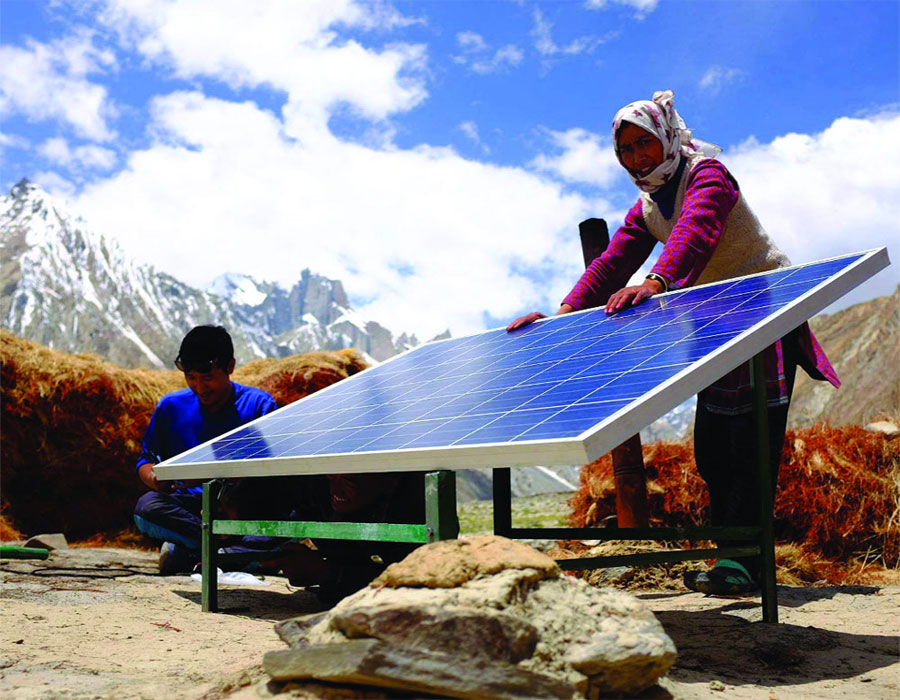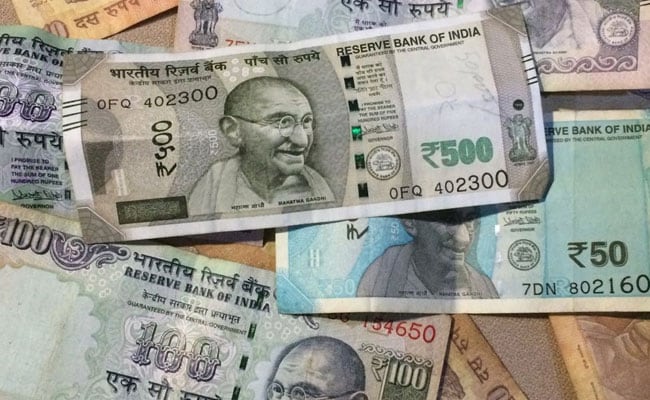Normal economic activities should be regularly combined with conservation so that development is not at the cost of the environment
In the midst of hectic efforts to revive a sluggish economy that has been rendered ineffectual by the pandemic, the focus of a nervous nation is now shifting to a possible threat of a “second wave” of COVID-19 infections. What lends credence to the possibility of a second wave is the fact that the States of Kerala and Delhi have shown a surge in cases during the ongoing festive season. And with the winter creeping in earlier than usual this year, the threat of the outbreak going out of control soon is not one that can be ignored by the citizens, the Government or healthcare authorities. Particularly, Delhi, which has the perennial problem of farm fires from the neighbouring States of Uttar Pradesh, Haryana and Punjab turning it into a veritable gas chamber every winter, cannot afford to ignore alerts. Amid these depressing conditions, India is fighting hard on other fronts too. Be it defending its borders with China, kick-starting the flailing economy or making huge strides in conserving the environment, the country is doing it all. Recently, the Global Himalayan Expedition (GHE), an Indian environmental organisation that leverages tourism and technology to assist remote communities access solar power, won a prestigious UN award for its efforts to combat climate change amid the Coronavirus outbreak.
Several conferences and meetings are conducted every year to thwart climate change and its consequences. Ironically, the consequent load on the environment due to hosting these congregations is huge. For instance, the COP24 Conference held in Switzerland last year saw nearly 6,000 attendees. Out of this, a sizeable number was ferried to the venue on private jets, with the number of such trips totalling 1,000. The carbon footprint of the conference was so huge that the organisers pledged to plant six million trees to offset its environmental impact. Embarrassingly, this was not the only controversy generated at the COP24 meet. The lavish, meat-laden menu attracted immense criticism for encouraging carbon emissions associated with the agriculture sector and livestock rearing.
In the background of such luxurious, emission-heavy conferences that are low on productive output, the efforts of organisations such as GHE that work on the ground, without any lavish budgets, is worth appreciating. The prestigious United Nations Global Climate Action Award is a much sought-after recognition that commends productive action to contain climate change. The work of the institutions being considered for the awards is quantified and assessed on a number of parameters. Especially the impact of the action taken by them for managing climate change and helping the indigenous people become more self-reliant in an eco-friendly manner in matters pertaining to their energy and other resource needs.
It is a proud moment for India, as according to the statement issued by the United Nations Framework Convention on Climate Change (UNFCC), GHE is one of the world’s first outfits to successfully combine tourism and technology in order to bring solar energy to remote communities. The Hindu Kush region alone, for instance, has 16 million people who do not have energy access. A portion of the expedition fee collected from travellers and hikers is used to fund the capital cost of hardware transportation, installation and training for the village-level micro solar grids. These are eventually transferred to the village community and the training enables them to become self-reliant in operations. The GHE till date has successfully been able to electrify 131 villages in three regions of India, directly empowering 60,000 people.
Plus, travellers get a homestay experience with the villagers. This not only enables them to experience the culture and cuisine of the area but helps them appreciate the difficulties faced by the people. Homestays in turn boost the local economy and till now villagers have been able to generate an income of nearly $1,14,000. This translates into a 45 per cent rise in their household incomes.
Amid the unproductive noise generated by climate change conferences, the actual action to combat global warming, such as the hybrid solution initiated by GHE, needs tremendous encouragement. Normal economic activities should be regularly combined with conservation so that development is not at the cost of the environment but rather complements it.
(The writer is an environmental journalist)








 OpinionExpress.In
OpinionExpress.In















Comments (0)